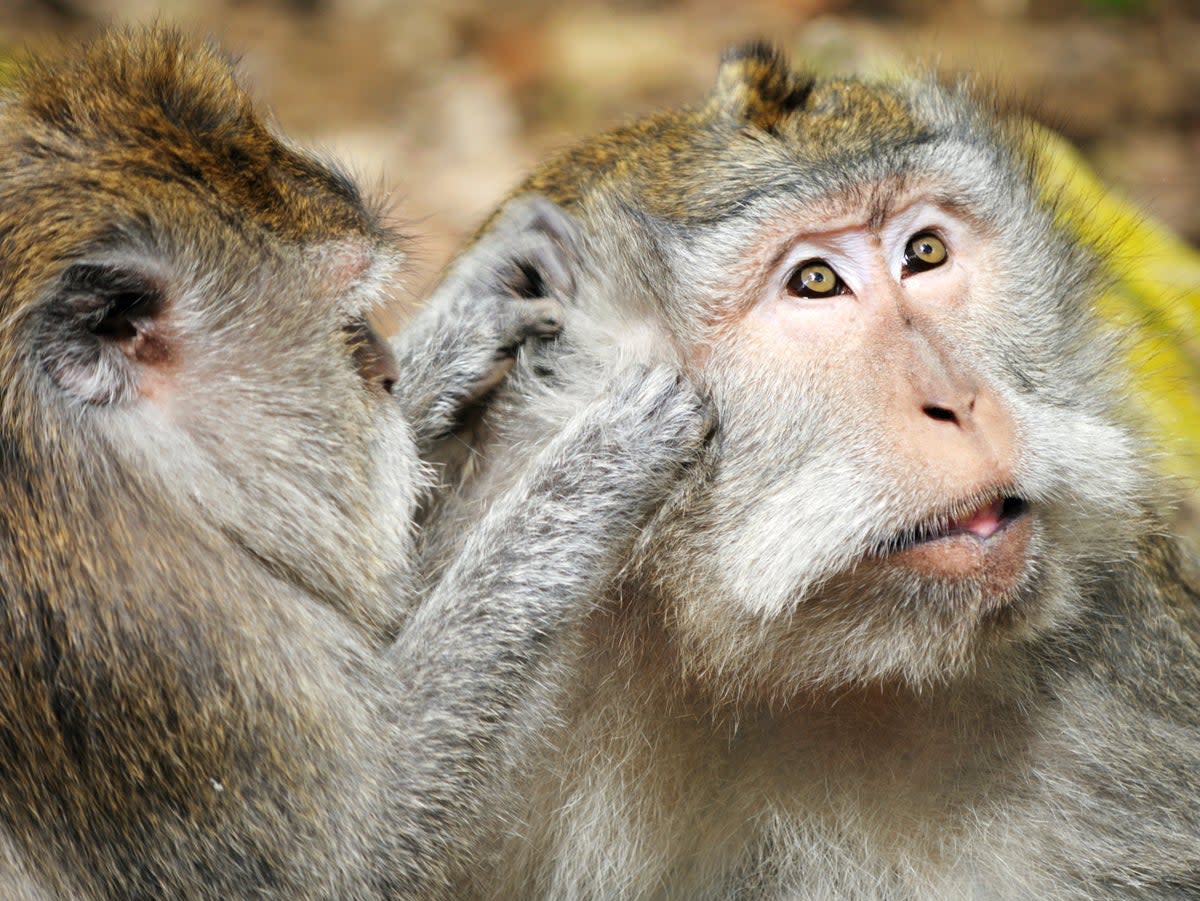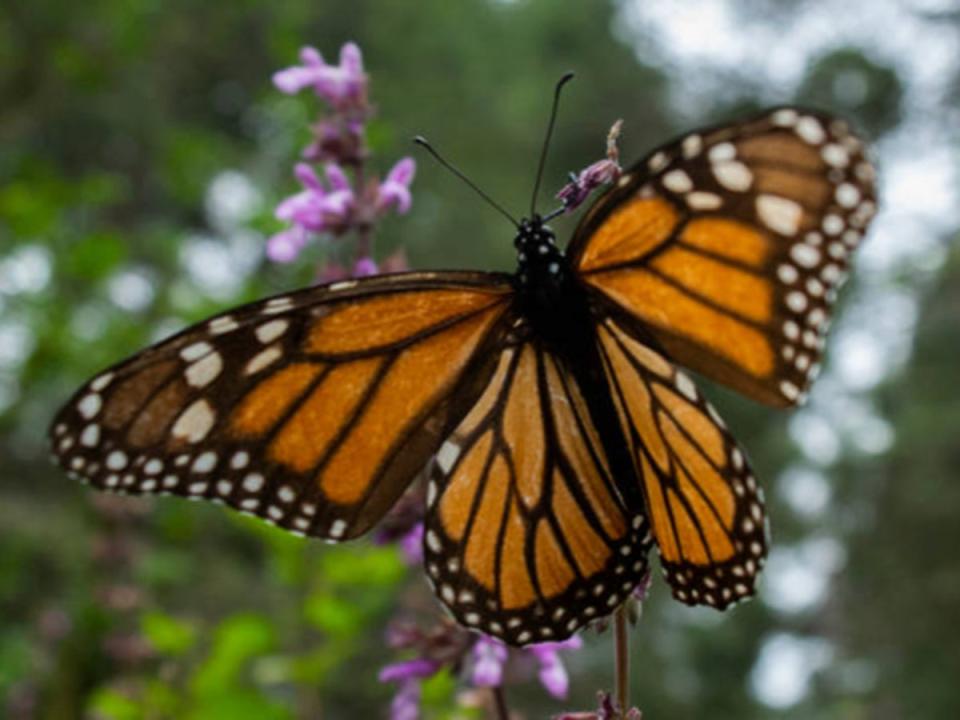Long-tailed macaque and monarch butterfly added to endangered list

The long-tailed macaque and the monarch butterfly are among species classed as endangered for the first time, as Earth’s biodiversity declines accelerate.
All the world’s remaining 26 sturgeon species are now also officially at risk of extinction, up from 85 per cent in 2009.
Conservationists say the news is a wake-up call for humanity over the climate crisis, deforestation, agriculture and development and wildlife trade.
In its latest update on wildlife in peril, the International Union for Conservation of Nature (IUCN) added another 5,042 species to those on its red list of threatened species, which now numbers 147,517.
In total, 41,459 species are classified as being at risk of extinction – more than a quarter of all species assessed.
The long-tailed macaque has been upgraded from vulnerable to endangered, as hunting and trapping, as well as habitat destruction, drive populations down.
Hunting is now “happening at unprecedented levels”, the IUCN says, as persecution from human-macaque conflict increases.
The primate is hunted for food but also “most ominously”, the report says, “to fuel both the legitimate and illicit trade for research and other usages”.
Both prices and demand for the monkeys skyrocketed alarmingly during the Covid-19 pandemic, the experts say.
Long-tailed macaques, native to southeast Asia, are sold for research and testing, as pets and for human consumption.
They are also killed by people who consider them a nuisance, and are sold to replenish breeding farms that supply laboratories in the US and Europe.
Many are sent into the pet and entertainment trade, including for filming abuse of baby macaques for social media posts.

The 41,459 species in danger of being wiped out includes trees, conifers, reef corals and reptiles.
But declines in numbers of migrating monarch butterflies were especially notable, scientists said.
The insects, known for their annual journeys of up to 2,500 miles across the Americas, are threatened by habitat destruction and climate change, bringing a drop of up to 72 per cent in a decade.
“Legal and illegal logging and deforestation to make space for agriculture and urban development has destroyed substantial areas of the butterflies’ winter shelter in Mexico and California, while pesticides and herbicides used in intensive agriculture kill butterflies,” the IUCN said.
Pesticides also kill milkweed, which the larvae feed on, while drought limits its growth and makes catastrophic wildfires more frequent.
Heatwaves have killed millions of butterflies, the experts reported.
All surviving sturgeon species are now at risk of extinction, the assessment found, due to dams and poaching.
“Today’s Red List update highlights the fragility of nature’s wonders,” said Bruno Oberle, IUCN director-general.
“To preserve the rich diversity of nature we need effective, fairly governed protected and conserved areas, alongside decisive action to tackle climate change and restore ecosystems. In turn, conserving biodiversity supports communities by providing essential services such as food, water and sustainable jobs.”

Sarah Kite, co-founder of Action for Primates, said the long-tailed macaque was relentlessly persecuted because of negative interactions with people.
“In some countries, the solution to dealing with this is to kill the monkeys rather than using proven methods to resolve the situation humanely.”
In Malaysia, 240,469 were killed between 2015 and 2018 because of negative interactions with people.
"This is a wake-up call for how we view and interact with the long-tailed macaque,” she said.
“Because of the impact of human activities on the species and its habitat, especially the global trade in research and toxicity testing, the future of this intelligent non-human primate, who plays an important role in biodiversity and ecosystems, is seriously under threat.
“Given that human beings are the cause of this threat, we have a moral obligation to act now to protect and conserve it.’’


